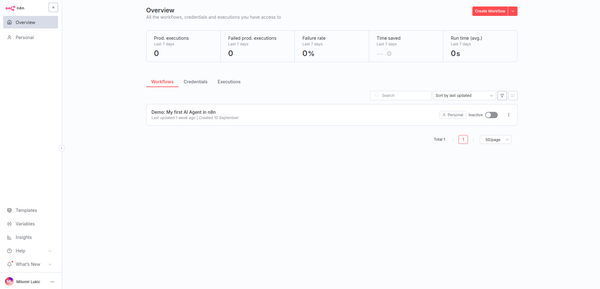C Programming: The Language That Powers the Digital World

C programming is one of the most influential and enduring programming languages in the history of computing. Developed in the early 1970s by Dennis Ritchie at Bell Labs, C has become the foundation for countless modern technologies, from operating systems to embedded devices. Understanding C is not only essential for software engineers but also provides a solid foundation for learning other languages.
1. History and Importance of C
C was created to develop the UNIX operating system, emphasizing efficiency, portability, and control over hardware. Key highlights:
- Portability: Code written in C can run on various platforms with minimal modification.
- Efficiency: Direct access to memory and low-level operations make C extremely fast.
- Influence: Many modern languages, including C++, C#, and Java, borrow syntax and concepts from C.
2. Core Concepts in C Programming
C is a procedural programming language, meaning it focuses on functions and procedures. Some fundamental concepts include:
- Variables and Data Types: int, float, char, double, and arrays.
- Control Structures: if-else, switch-case, loops (for, while, do-while).
- Functions: Modularize code for reusability and clarity.
- Pointers: Direct memory manipulation, a key feature that gives C its power.
- Structures: Group related variables to manage complex data efficiently.
3. Applications of C
C remains relevant due to its versatility. Key applications include:
- Operating Systems: Linux, Windows, and UNIX kernels are written largely in C.
- Embedded Systems: Microcontrollers, IoT devices, and real-time systems rely heavily on C.
- System Software: Compilers, interpreters, and network drivers are often implemented in C.
- Game Development: High-performance game engines frequently use C for core components.
4. Advantages of Learning C
- Foundation for Other Languages: Knowing C makes learning C++, Java, and Python easier.
- Deep Understanding of Memory Management: Manual memory control through malloc/free teaches efficient resource management.
- Performance-Oriented: C programs are fast and resource-efficient, suitable for performance-critical applications.
- Problem-Solving Skills: Writing in C encourages logical thinking and algorithmic problem-solving.
5. Tips for Beginners
- Start with simple programs like calculators or text-based games.
- Practice pointer manipulation and memory management carefully.
- Study standard libraries for input/output, string manipulation, and math operations.
- Explore small projects on embedded devices or Linux system programming for practical experience.
Conclusion
C programming is more than a language; it is the foundation of the digital world. Its efficiency, portability, and influence on modern languages make it a critical skill for aspiring developers, engineers, and tech enthusiasts. By mastering C, you gain a deep understanding of computer science principles and unlock the ability to create software that powers our digital lives.



